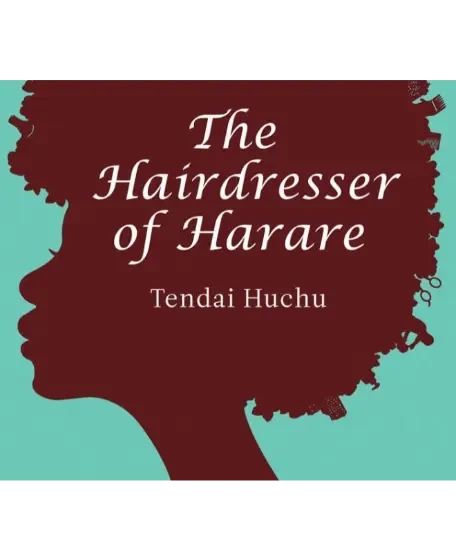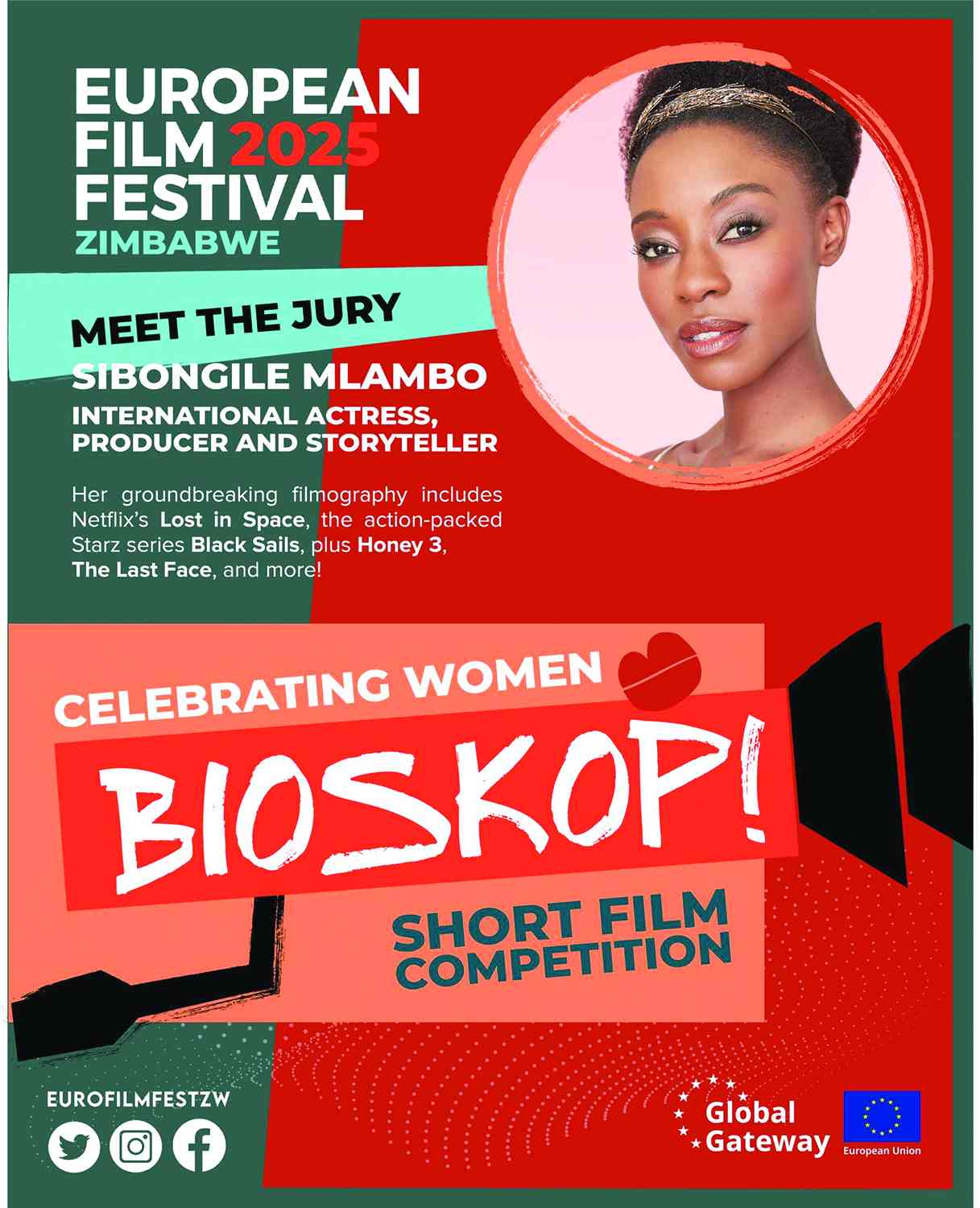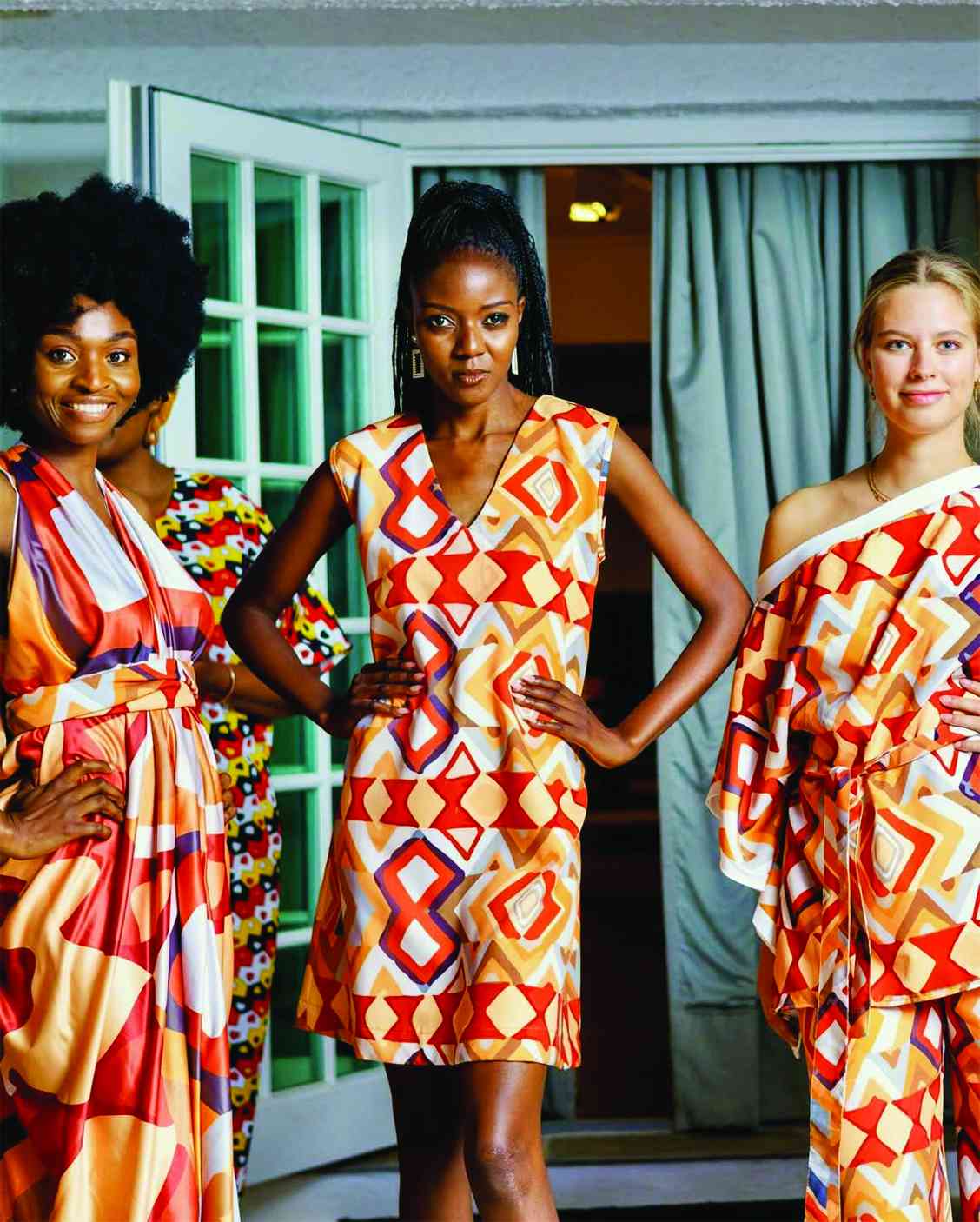
‘Creativity is all about originality.’ This idea underpins the apprehension that many have towards being creative.
“Only artists can be creative.” This thinking creates an ‘others’ mentality, that creativity is for a select few, a chosen tribe.
Austin Kleon’s Steal Like An Artist challenges all the lies that we believe about creativity. In reading the book, one learns that creativity is not ‘reserved’ for a selected ‘other’ group; it is an instrument that can be used to enrich one’s life.
Kleon opens up the book by inviting the reader to look at the world like an artist, and he does so by stating that all art is stolen art. Quoting David Bowie, he writes:
“The only art I’ll ever study is stuff that I can steal from.” An idea that may seem controversial on the surface, but upon investigation is the understanding that as human beings, we live in perpetual community; lending, borrowing, giving and taking from another in minor and major interactions.
Even more so, with globalisation that has given way to the proliferation of information, there is a mass exchange of ideas, opinions, and strategies that occur among us daily.
With this extensive access at our fingertips, we are exposed to millions of people globally, who have seemingly come up with new ways of doing business, new ways of conducting themselves, new ways of seeing the world, new ways of being.
Seeing this excess of ‘new’ can carve out pressure within ourselves to ‘creatively’ come up with the next novel idea, or strategy, perhaps presuming that doing so will make us more attractive, and unique to the world around us professionally and personally. This pressure descends on our shoulders, and can become suffocating.
The book serves as a reminder that everything novel has already been achieved, and that our job as consumers, as artists, and as people is to reap from what has already been sown, and put our personal spin on it.
What make any individual thing individual are the hands that have touched it, and this individuality is birthed from our frame of reference, and our perspectives.
Another key insight from the book is that of the genealogy of ideas. He writes, “Just as you have a familial genealogy, you also have a genealogy of ideas…”
This genealogy of ideas is created by what we consume, and who we allow into our lives, and spaces. Creativity from this angle is like a pool, one filled up by what we consciously decide to engage in, critique, and experience.
And the more we consume and experience, the more there is to choose from. In Kleon’s words, “Your job is to collect good ideas. The more good ideas you collect, the more you can choose from to be influenced by.”
This concept is an active approach to engaging with creativity, realising that it is less of a capricious wind that blows by at its own whim, but an intentional, and deliberate choice that we can make to build meaningful, and purposeful lives.
Knowing this gives us the power to curate our minds with ideas, information, and art that will allow us to create beautiful things. The book is an excellent edification in learning to live like an artist, and that within us all, resides an artist. In a quick-paced society, being a perpetual student is essential to curating your individual pool of creativity.
Stealing ideas and copying are not synonymous. The book encourages the reader to innovate through curiosity and interest in what others have successfully managed to achieve.
Kleon argues that innovation often stems from enhancing and refining existing ideas rather than starting from scratch. As the old saying goes, “There is no need to re-invent the wheel.”
This concise, visually engaging book is ideal for beginners on their reading journey, offering clear insights through a blend of text and imagery.
Kleon’s use of diagrammes and visuals makes it especially appealing to visual learners. Overall, the book invites the reader to spark creativity, and innovation through collaboration, curiosity, and passion.
By feeding your interests, and expanding your pool of knowledge, your creativity is refined, allowing you to become more adaptive and cutting-edge.
- Chambeni is a fourth year English and Communication student at Solusi University. Passionate about writing, personal development, human behaviour and relationships, she endeavours to make a meaningful impact in the world, one article at a time. — ashleigh.chambeni@gmail.com. LinkedIn: Ashleigh Rutendo Chambeni.










